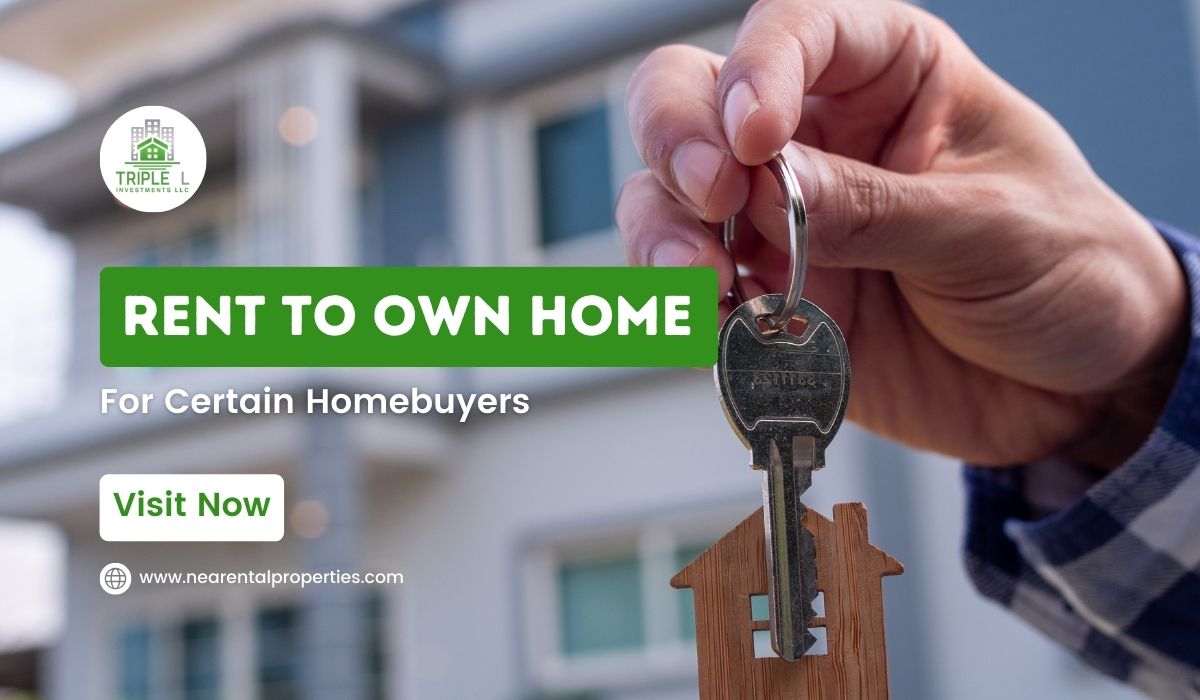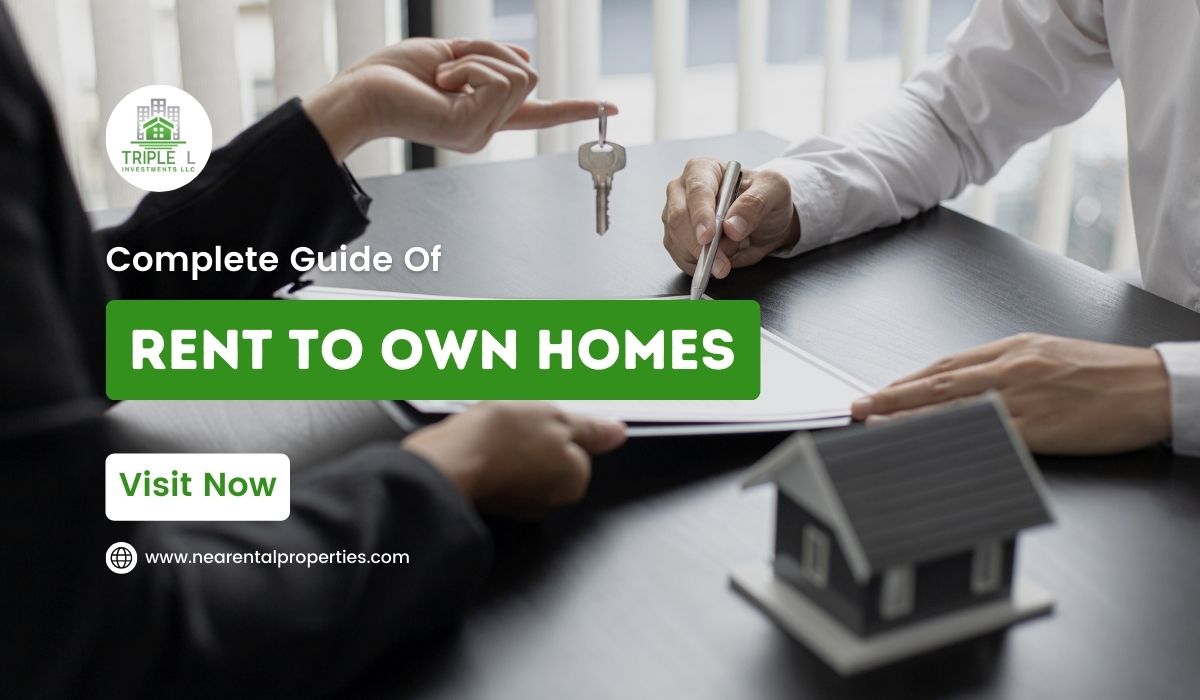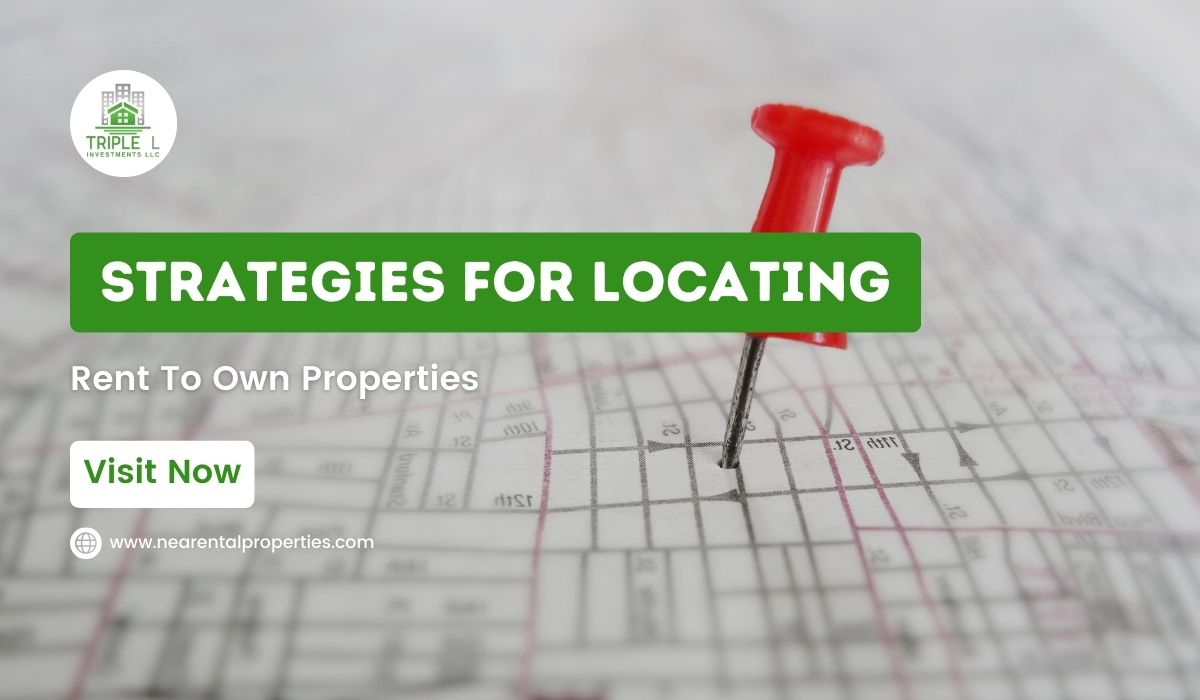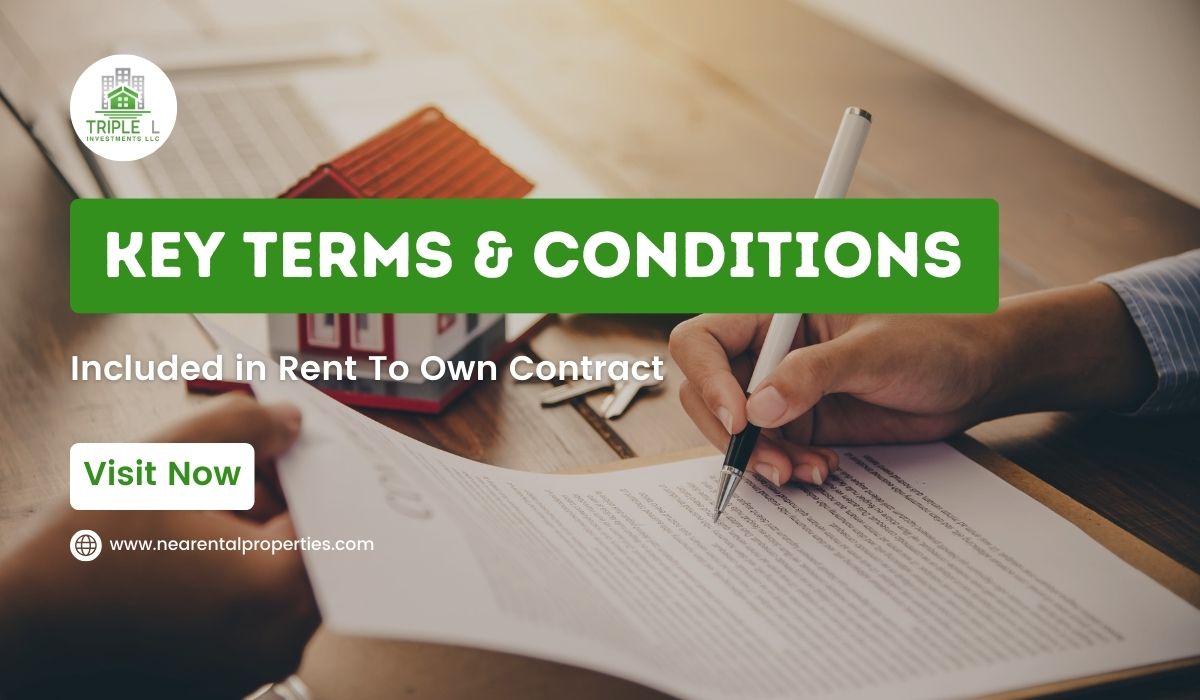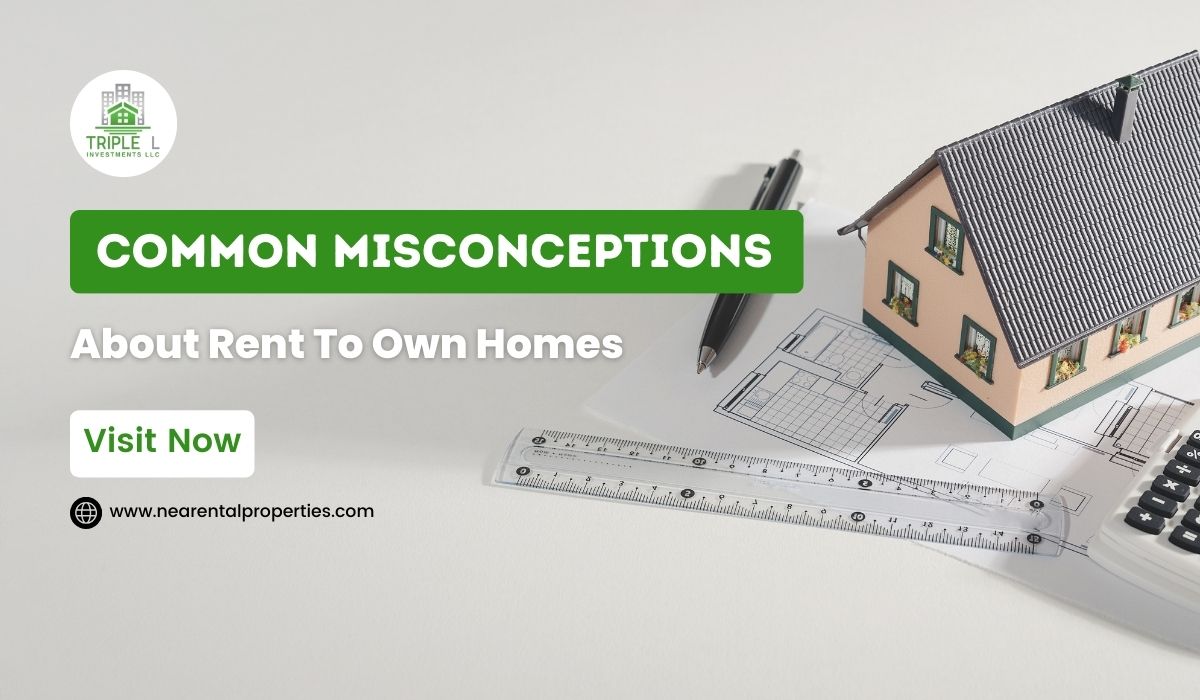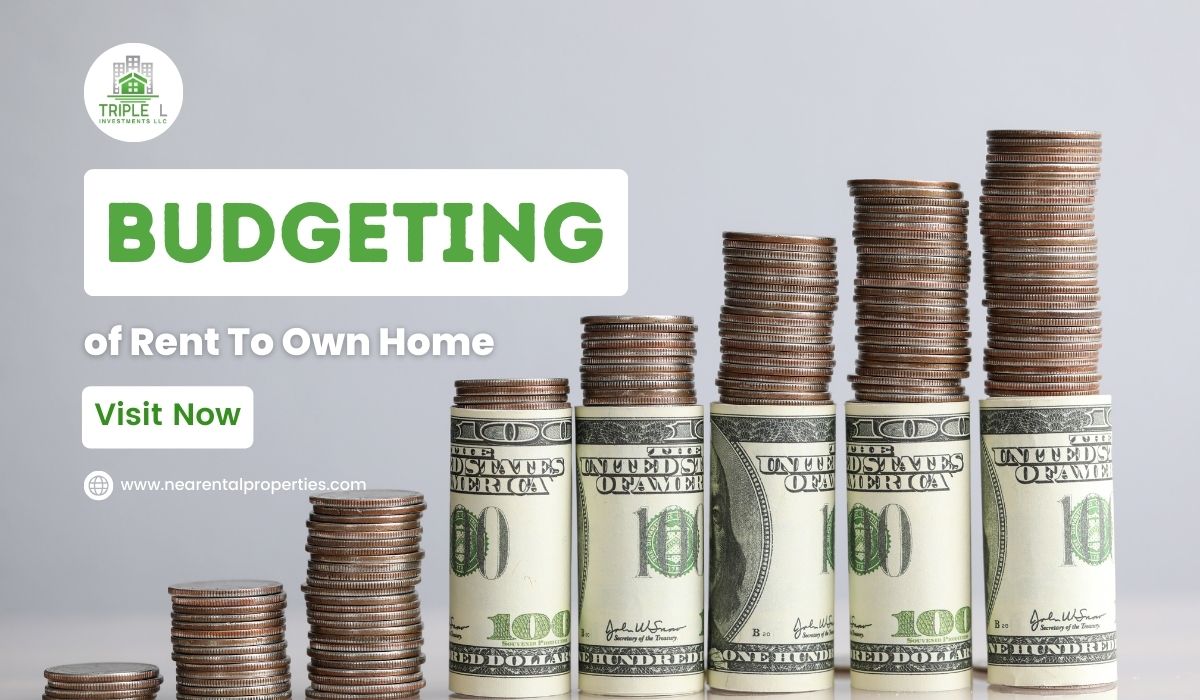Pricing your home is crucial to attracting and selling buyers in an as-is market. Selling a property “as-is” means the seller is not making any repairs or improvements.
In such a market, selling your home needs consideration of the property’s condition, nearby sales, and demand. This book will discuss carefully pricing your home to maximize market attractiveness and return on investment in an as-is real estate market.
How to Price Your Home Effectively in an As-Is Market?
Analyzing Market Conditions:
Understanding market circumstances is essential to pricing your home as-is. Research your local real estate market to start this process. Use current sales data to find comparable properties and understand pricing trends.
Assess demand for as-is properties, taking buyer preferences and expectations into account. Also, consider the economic climate, which shapes market dynamics. Staying educated about the local real estate market allows you to price your home according to current trends and maximize its appeal to as-is buyers.
Assessing the Condition of Your Home:
Pricing your home in an as-is market requires assessing its condition. A complete property assessment requires a realistic appraisal of its strengths and flaws. Consider a professional pre-inspection for complete knowledge.
This proactive strategy identifies potential price concerns and reveals areas that require repair. Be honest about your home’s condition and resolve concerns to develop trust with potential buyers. Set a fair and competitive price that reflects its current value.
CMA (Comparative Market Analysis):
A CMA is essential for pricing your home in an as-is market. A CMA helps you understand local home prices for similar as-is homes. This comparison analysis helps you evaluate market circumstances, compare your property to others, and set a competitive yet fair price.
The CMA considers comparable properties’ size, condition, and amenities to give you a complete picture of the local real estate market. With this knowledge, you can price your as-is home to match market trends and attract serious purchasers.
Incorporating Repair Costs:
Repair costs are crucial to price your home in an as-is market. Discussing potential buyers’ anticipated repair expenses creates an honest discourse regarding your property’s condition. This method builds trust and attracts serious purchasers who are mentally and financially ready for an as-is purchase.
By including repairs in the price, you set a reasonable expectation and reduce the risk of negotiations falling apart. This transparency makes your home more competitive and boosts your chances of finding a buyer who sees its potential despite its condition.
Consultation With Real Estate Professionals:
Pricing your home requires consulting with as-is real estate experts. These professionals have an extensive understanding of the as-is industry, including market trends, pricing strategies, and negotiation methods. Experienced as-is real estate brokers understand the particular problems and opportunities of homes in their current condition.
Their experience helps you set competitive but realistic pricing that attracts serious purchasers. Using their expertise, you can confidently negotiate the as-is market and sell your house for more.
Achieving a Competitive Yet Realistic Price:
Pricing your as-is home competitively but realistically is crucial to selling it. It’s natural to want the maximum price, but your home’s condition must be considered. Overpricing may deter buyers, prolonging the market. However, realistic pricing attracts serious bidders who are happy with the property’s as-is situation and speed up the sale.
It makes your home competitive in the market, making negotiations easier and increasing the likelihood of a sale. It would help if you struck this balance to negotiate a sale that meets your financial goals and property condition in an as-is market.
Locations and Amenities to Consider:
Location and amenities are crucial to pricing your home in an as-is market. The location and amenities of your property affect its appeal. Nearby schools, parks, commercial complexes, and transportation hubs can boost or lower property values.
A good location and amenities help sell a home in an as-is market, where condition is key. Evaluate these characteristics honestly and modify the price, knowing that a well-located property can attract purchasers eager to invest in as-is homes as long-term assets.
Strategies for Flexible Pricing:
Flexible pricing is essential in an as-is market to attract buyers and close deals. To attract buyers, give incentives like closing expenses or critical appliances. Being flexible to price changes based on buyer feedback is key.
This responsiveness shows a willingness to engage and lets you price your home according to its perceived value. These flexible pricing tactics can help sellers attract buyers in the dynamic as-is real estate market, boosting the likelihood of a successful transaction.
Continually Reviewing and Adjusting:
A dynamic selling strategy requires regularly analyzing and modifying the pricing of your as-is home. Staying proactive in the ever-changing real estate market keeps your property competitive and on-trend.
Regular reviews let you examine customer feedback, buyer interest, and market developments. This pricing flexibility makes your home flexible and appealing to changing demand or buyer concerns. Being adaptable and improving increases your chances of attracting serious buyers and selling in the as-is market.
Conclusion:
Finally, pricing a home in an “as-is” market involves strategy and carefully considering many elements. Sellers must examine their property’s condition, market trends, and similar sales to set a fair price, recognizing the challenges. Pricing too high may dissuade purchasers, while pricing too low may undervalue the property.
Building buyer trust requires open communication about the home’s condition and planned repairs. A successful and efficient “as-is” sale requires balancing a reasonable market value with the property’s condition.
Frequently Asked Questions
You should set a competitive yet realistic price to attract serious buyers in the as-is market.
You can assess the prices of similar as-is properties in your neighborhood by performing a Comparative Market Analysis (CMA).
Yes, acknowledging repair costs can entice buyers who are prepared for the property’s condition.
As-is real estate agents can provide valuable insight into pricing strategies for as-is properties.
Professional appraisals are recommended for accuracy, even if online tools provide estimates.
Yes, flexibility can make you more appealing to potential buyers by offering incentives or adjusting based on feedback in the as-is market.
To reflect these factors, adjust the price of your property based on its location and amenities.
Responding to buyer feedback allows you to make necessary adjustments, increasing your home’s appeal.
It’s generally best to set a competitive price to generate early interest in the as-is market.


